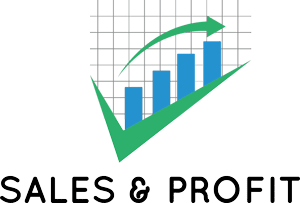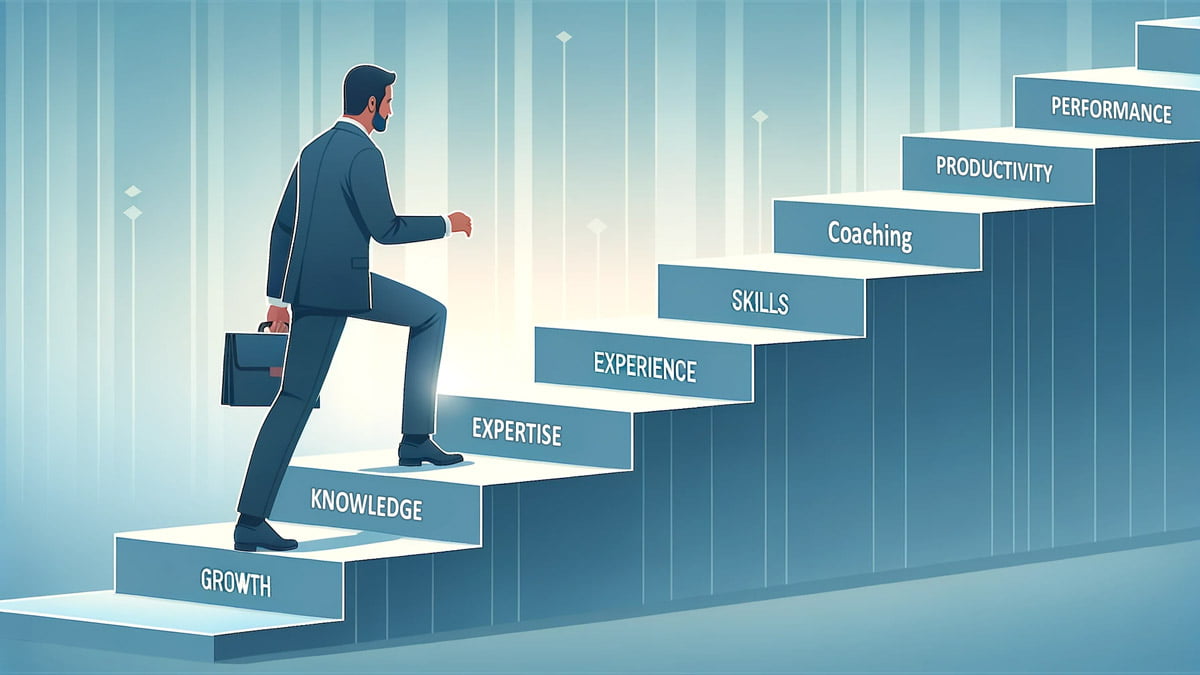Table of Contents
Imagine hiring a new salesperson and expecting immediate results.
In reality, they need time to understand the product, the market, the customers, and the company’s sales processes.
They need to build relationships, identify potential leads, and navigate through the sales cycle.
All these activities take time, and that’s what the Sales Ramp Up Time accounts for
According to a SDR Metric Report by The Bridge Group – It takes an average of 3.2 months for an SDR to ramp up.
Key Takeaways :
- What is Sales Ramp-Up Time : The period for a new salesperson to reach full productivity and consistently meet sales targets.
- Factors Influencing Sales Ramp-Up Time : The length of the sales cycle, product complexity, quality of onboarding and training, industry dynamics, and salesperson's experience.
- Strategies to Reduce Ramp-Up Time : Implementing effective onboarding, sales playbooks, mentorship, continuous training, leveraging enablement tools, regular feedbacks and proper incentives.
- Calculating Ramp-Up Time : Approaches involve aligning with sales cycle, considering experience and training, and 100% quota achievement.
What is Sales Ramp Up Time?
Sales ramp time is the duration it takes for a new salesperson to become fully productive and start consistently meeting their sales targets.
It’s a critical metric in sales because the faster a salesperson can become productive, the quicker they can contribute to revenue generation.
Differentiating Sales Ramp-up Time From Other Related Terms
While sales ramp-up time focuses on the time taken for a salesperson to become fully productive, there are other related terms in the sales domain that might sound similar but have different implications.
For instance:
- Onboarding Time: This refers to the time taken to introduce a new salesperson to the company’s tools, processes, and culture. It’s the initial phase where they undergo training and get familiarized with the team and the product.
- Time to First Sale: This is the duration it takes for a new salesperson to close their first deal. It’s a significant milestone as it indicates that the salesperson has started contributing to the revenue.
- Sales Cycle Length: This is the average time it takes for a lead to move through the sales funnel and convert into a customer. It starts from the initial contact to the final sale.
In essence, while all these terms revolve around time and sales, Sales Ramp-Up Time is specifically about the journey of a salesperson from being a newbie to a fully productive member of the sales team.
It’s a holistic view of their growth and efficiency in the organization.
What Are the Factors Influencing Sales Ramp Up Time?
When it comes to sales ramp up time, several factors can significantly influence how quickly a new salesperson becomes effective.
For sales leaders understanding these factors is very important for setting the right expectation and provide the necessary support to the new sales hire.
1. Length of the Sales Cycle
Different products, industries and target market has different sales cycles, and duration of the sales cycle plays a pivotal role in determining the ramp-up time.
In industries where the sales cycle is longer, such as in enterprise software or complex B2B solutions, it naturally takes longer for a new salesperson to navigate through the entire process and close deals.
Conversely, in businesses with shorter sales cycles, like retail or simple B2C products, new salespeople can ramp up more quickly.
In fact a blog by SuperOffice almost 75% of B2B sales take 4 months to close, and 18% take more than 12 months
2. Complexity of the Product or Service
The more complex the product or service, the longer it takes for a salesperson to fully grasp its nuances to effectively communicate its value to potential customers.
Products that require deep technical knowledge or have a steep learning curve can significantly extend the ramp-up time.
Usually, the ramp-up time is less for any product/ service that requires a transactional sales approach.
Oppose to this, it’s higher for complex products service where a more consultative sales approach is required.
3. Quality of Onboarding and Training
A well-structured onboarding and training program can drastically affect the ramp-up time.
If a new salesperson receives comprehensive training that covers product knowledge, sales techniques, and market insights, they are more likely to become productive faster.
4. Industry and Market Dynamics
The dynamics of the industry and market also influence ramp-up time.
In rapidly changing industries or highly competitive markets, salespeople need to constantly update their knowledge and adapt their strategies, which can prolong the ramp-up period.
5. Experience and Skill Set of the Salesperson
The background of the salesperson is another critical factor.
Experienced sales professionals with relevant past industry knowledge and experience can often ramp up more quickly than those new to the field or the industry.
However, even experienced salespeople can face a longer ramp-up time if they are transitioning to a significantly different market or product type.
In conclusion, sales ramp-up time is not a one-size-fits-all metric.
It varies widely based on these factors, and sales leaders need to consider them when evaluating the performance of their new hires.
By understanding these influences, they can tailor their training and support strategies to help new salespeople become effective as quickly as possible.
7 Strategies to Reduce Sales Ramp Up Time
Reducing sales ramp-up time is akin to orchestrating a symphony – each element must harmonize perfectly to create a masterpiece.
Let’s delve deeper into the strategies to implement for reducing the sales ramp-up time
1. Effective Onboarding Program
Think of an effective onboarding program as the launchpad for your sales reps’ journey.
Onboarding is not just about welcoming the candidate, it should mostly focus on giving them the necessary support and tools to ramp up quickly.
According to me an onboarding program should cover all of the following:
- All aspects of your product or service
- Market understanding
- Your sales process
- Your typical sales cycle
- Go To Market Strategy
- Understanding of Ideal Customer Profile
- Training materials & resources
- Access to the right tools like CRM system
- Your company’s culture and values.
Think of it as a roadmap that guides new hires through the initial phase of their journey.
2. Sales Playbook
A sales playbook is the blueprint for success.
It’s a compilation of strategies, tactics, and insights that have been proven effective in the past.
Create a well-defined sales playbook that outlines the sales process, buyer personas, objection handling techniques, and key messaging.
New salespeople should have easy access to this playbook for reference and the manager should coach them effectively on the same.
It’s a tool that helps new reps understand the ‘what’, ‘how’, and ‘why’ of successful sales, significantly reducing the guesswork and experimentation.
3. Mentorship and Shadowing the Experienced
Pair your new sales hires with experienced mentors or allow them to shadow successful salespeople.
This helps new hires learn the ropes, observe effective sales techniques, and get hands-on experience where theories and strategies are seen in action.
Observing real-life sales scenarios helps new reps understand the nuances of customer interactions and deal closures.
This method also fosters a sense of camaraderie and teamwork, which is invaluable in a sales environment.
4. Training and Coaching
Continuous training and personalized coaching are the cornerstones of a sales rep’s development.
Sales is a dynamic field, and staying abreast of the latest trends and techniques is crucial.
Training sessions should be regular, relevant, and engaging, covering everything from product updates to advanced selling skills.
As a sales training company, we are the best ones to actually know the positive impact of effective sales training on a sales reps.
Coaching, on the other hand, should be tailored to individual needs, focusing on strengthening specific areas of a rep’s skill set.
5. Leveraging Sales Enablement Tools
In today’s digital age, leveraging sales enablement tools gives your team a technological edge. These tools range from sophisticated CRM systems to AI-driven analytics platforms.
Investing in sales enablement tools and technology streamlines the sales processes, automate repetitive tasks, and provide insights into customer behaviour and preferences.
These tools are the secret weapons that help sales reps increase their overall efficiency in the ramp up phase.
6. Regular Feedback and Performance Reviews
This is something we always follow at Sales & Profit, we make sure to provide honest feedback to our new sales hires weather its positive or negative.
Conduct regular performance reviews and provide constructive feedback.
Regular feedback and performance reviews are critical navigational tools on a sales rep’s growth path.
They provide opportunities to assess progress, recalibrate strategies, and set new goals.
Constructive feedback is a powerful motivator, helping reps understand their strengths and areas for improvement.
Regular reviews keep them aligned with their personal and professional growth objectives.
7. Incentives and Compensation
Finally, offer performance-based incentives and compensations to motivate salespeople to reach productivity goals faster.
Recognizing and rewarding quick learners and top performers not only motivates them but also sets a benchmark for others.
Aim to create a culture where excellence is recognized, celebrated, and aspired to.
How to Calculate Sales Ramp Up Time?
Calculating sales ramp-up time is an essential aspect of sales management, offering a clear perspective on how quickly new sales reps can contribute effectively to the team’s goals.
There are several methods to calculate this, each tailored to different organizational needs and sales dynamics.
Method 1 - Based on Sales Cycle Length
One straightforward approach is to align the ramp-up time with the sales cycle length.
But its not that every sales rep will be fully productive in similar time.
So you can always add another 30 days of buffer
Sales Ramp Up Time = X days sales cycle + X days buffer
So for instance, if your average sales cycle is 60 days, consider adding a buffer of another 30 days, your sales ramp up time will be :
60 days sales cycle + 30 days buffer = 90 days
This method is particularly effective for smaller, growing sales teams and provides a clear framework to monitor progress
However, it might not be suitable for larger enterprises with longer sales cycles, as it could delay revenue generation.
Method 2 - Based on Training and Experience Level
Another approach takes into account the training period and the experience level of the sales rep.
Sales Ramp-Up Time = Experience Level + Length of Sales Cycle + Training Period
Here the Level of Experience can be quantified as follows:
- No prior sales experience: Add 2-3 months to the sales cycle length.
- Some prior sales experience in a different industry: Add 1-2 months to the sales cycle length.
- Prior sales experience in the same industry: Add 0-1 month to the sales cycle length.
The training Period is the amount of time that a new sales rep spends in training, learning about your product or service, sales process, and tools and resources.
This can vary depending on the complexity of your product or service
So, For example, if a sales rep has no prior sales experience and your average sales cycle is 3 months and the training period is another 1 month.
So the ramp up time can be calculated as :
2 months for zero experience + 3 months of sales cycle + 1 month of training = 6 months
Method 3 - Based on Time to Reach 100% Quota Attainment
Focusing on the time it takes for a rep to achieve 100% of their quota is another effective method.
This approach is ideal for companies with diverse product lines and customer profiles, as it allows for a flexible and tailored ramp-up process.
It benchmarks new hires against the average time previous hires took to reach full quota, providing a realistic and personalized target.
KPIs to Monitor During Sales Ramp-Up
When it comes to ramping up your sales team, keeping a keen eye on certain Key Performance Indicators (KPIs) is like having a roadmap to success.
These KPIs are not just numbers; they are insights that tell a story about how effectively your new salespeople are adapting and contributing.
As a Co Founder of Sales & Profit, I always make sure to keep a track of all these KPIs and I suggest the same to our sales heads and clients as well.
Let’s dive into these KPIs :
1. Product Knowledge Assessment
It’s crucial to regularly check in on how well new salespeople grasp your product line. This isn’t just a one-time quiz; it’s an ongoing process to ensure they’re always up to speed with your offerings.
2. Sales Activity Metrics
Keep tab on the basics – calls made, emails sent, meetings held, demos given. An increase in these activities can indicate progress
3. Sales Cycle Length
Measure how quickly a new salesperson moves a prospect through the sales cycle from the initial contact to closing the deal. This indicates the sales rep is not just busy but productive.
4. Conversion Rates
Track the conversion rates at different stages of the sales process. A new salesperson should show improvement in converting leads into customers over time.
5. Feedback and Evaluation Scores
Gather feedback from mentors, supervisors, and customers about the performance and progress of new sales hires.
6. Retention Rate
Track the turnover rate of new sales hires. High turnover can be an indicator of problems with onboarding and ramp-up processes.
In one of our blogs I had covered what steps can be taken to reduce turn over among new sales hires.
7. Training and Certification Completion
Ensure your new team members has completed all the required training and certifications within a set time frame.
8. Competency Assessment
Regularly assess the competencies required for the role, such as objection handling, product knowledge, and sales techniques.
9. Win/Loss Ratio
Analyze the number of deals won and lost by new salespeople to determine their effectiveness in closing deals.
10. Time Spent with Mentors or Coaches
Measure how much time new sales hires spend with mentors or coaches. An increase in time spent with experienced salespeople may correlate with a shorter ramp time.
11. Sales Team Satisfaction
Gather feedback from new hires about their satisfaction with the onboarding and training process.
12. Revenue Contribution Over Time
Track the revenue generated by new salespeople over time. A successful onboarding process should lead to a steady increase in their contribution to revenue.
13. Customer Feedback and NPS (Net Promoter Score)
Collect customer feedback and NPS scores related to interactions with new sales hires. High NPS scores can indicate the effectiveness of the onboarding process.
Why Understanding Sales Ramp Up Time is Important?
Understand this, the concept of sales ramp-up time is not just about numbers; it’s about understanding your sales process.
This understanding is crucial for several reasons, each impacting the overall health and success of your sales organization.
1. Impact on Revenue Forecasting
First and foremost, sales ramp up time directly affects revenue forecasting.
If you’re not accounting for the time it takes a new salesperson to reach full productivity, your revenue forecasts can be overly optimistic.
This will further lead to a cascade of issues, from setting the wrong targets to misaligned resource allocation.
Understanding ramp-up time allows for more accurate forecasting, ensuring that expectations are in line with reality.
2. Role in Setting Realistic Sales Targets and Quotas
Setting sales targets and quotas without considering ramp up time is like setting off on a journey without knowing the distance.
It’s essential to factor in the time it will take for sales hires to contribute meaningfully to sales targets.
This will avoid setting unrealistic goals and high expectations that can demotivate your team and skew performance evaluations.
3. Influence on Hiring Decisions and Training Programs
Knowing how long it takes for a new salesperson to become effective also influences company’s sales recruitment decisions.
If you’re aware that it takes six months for a new hire to ramp up in your industry, you’ll plan your hiring accordingly to fill gaps or expand your team.
Additionally, this knowledge helps in designing training programs that are tailored to reduce ramp-up time, focusing on areas that yield the quickest and most significant impact on sales effectiveness.





